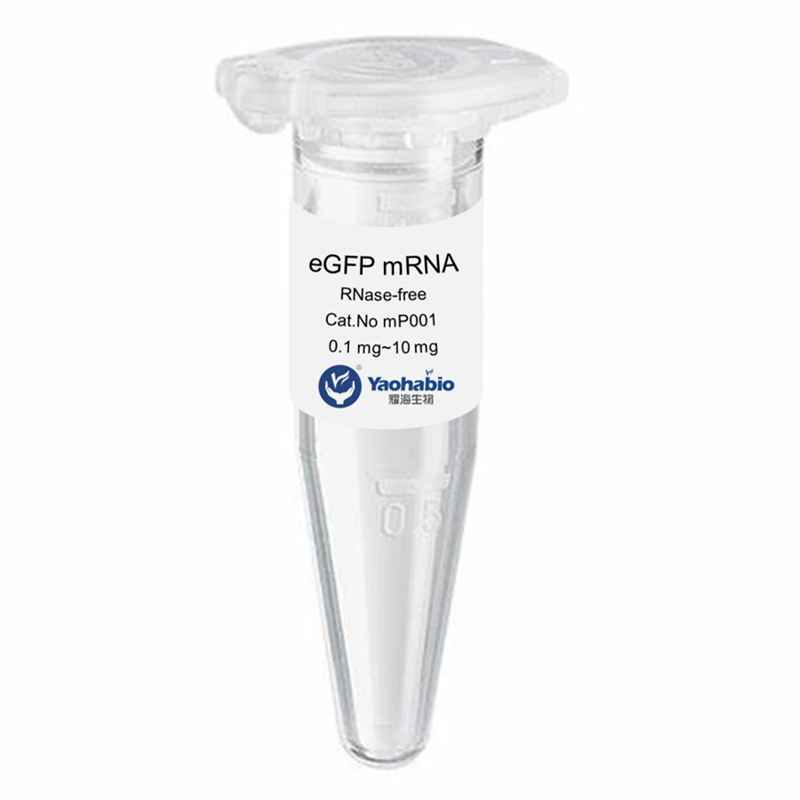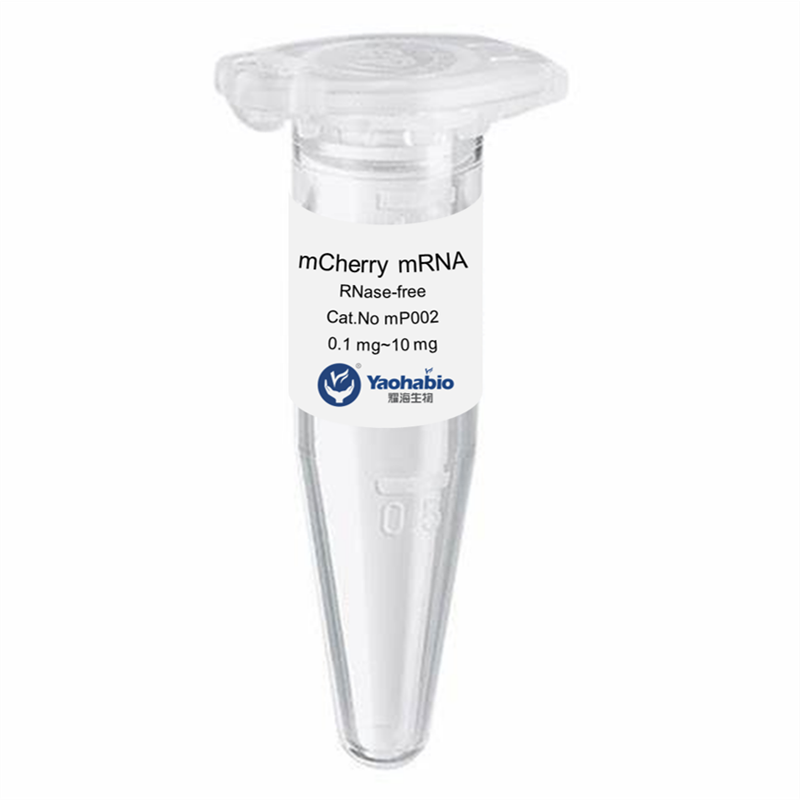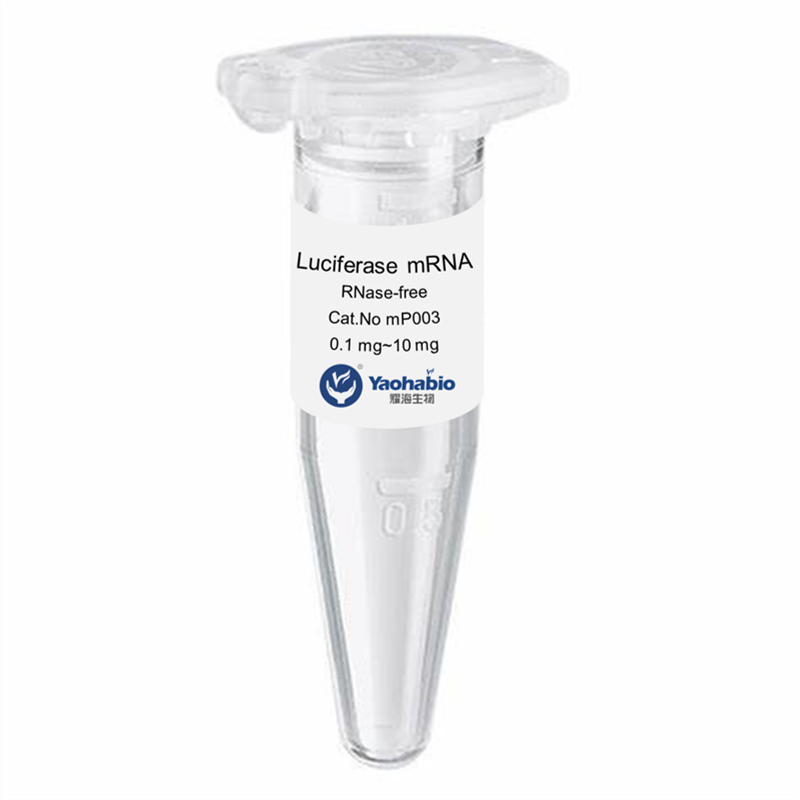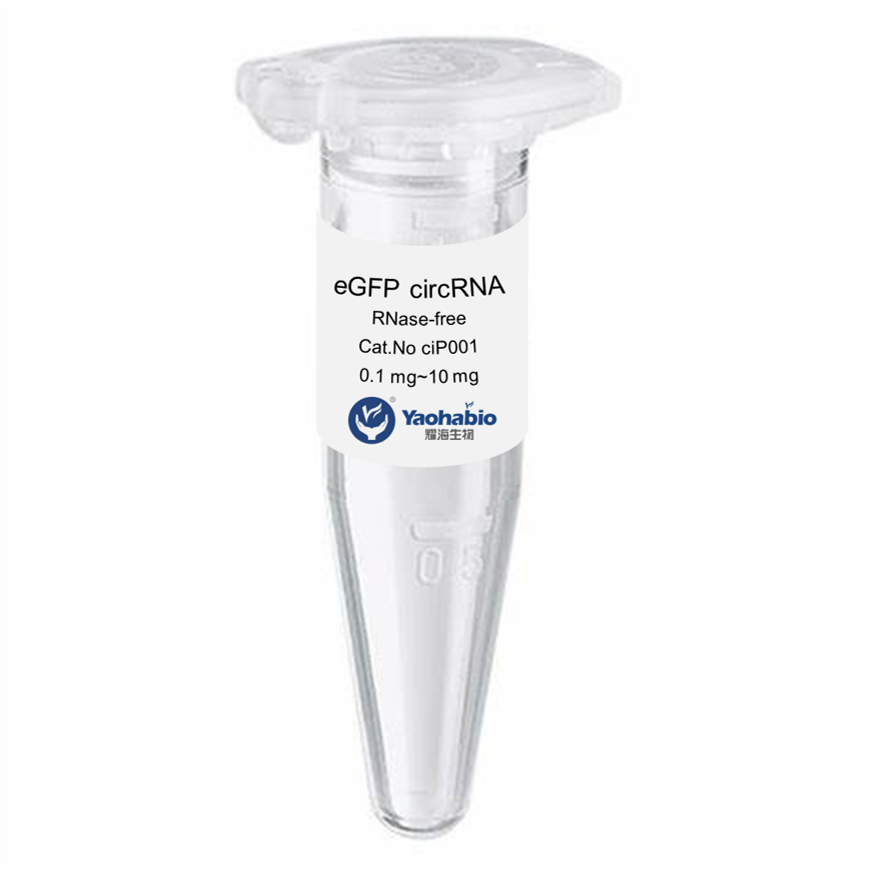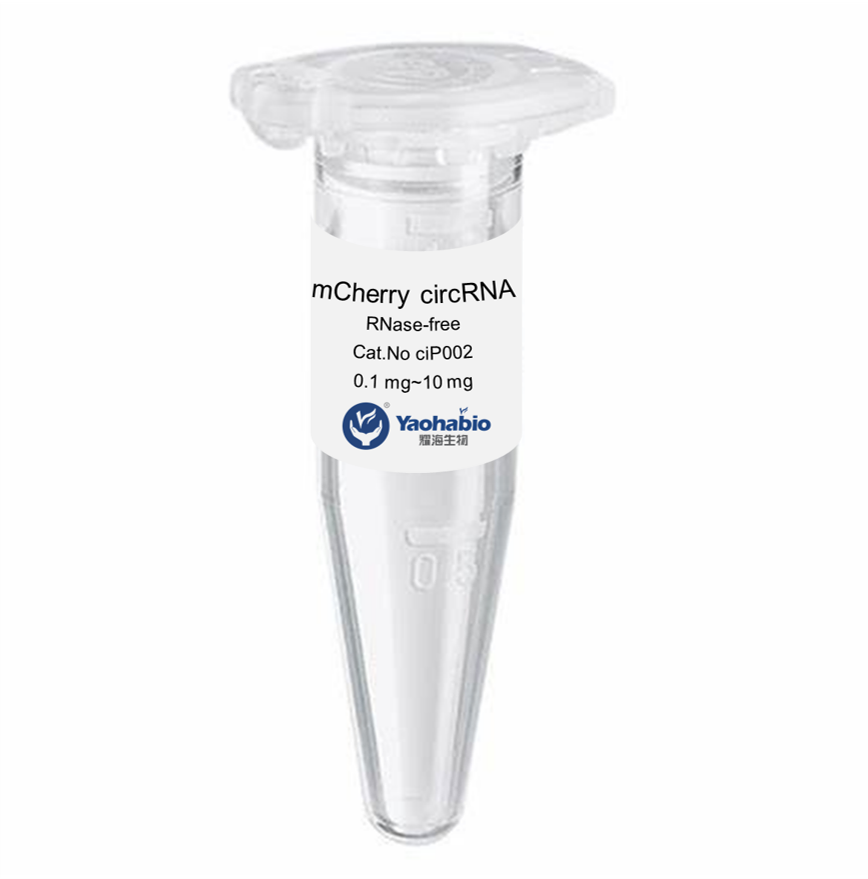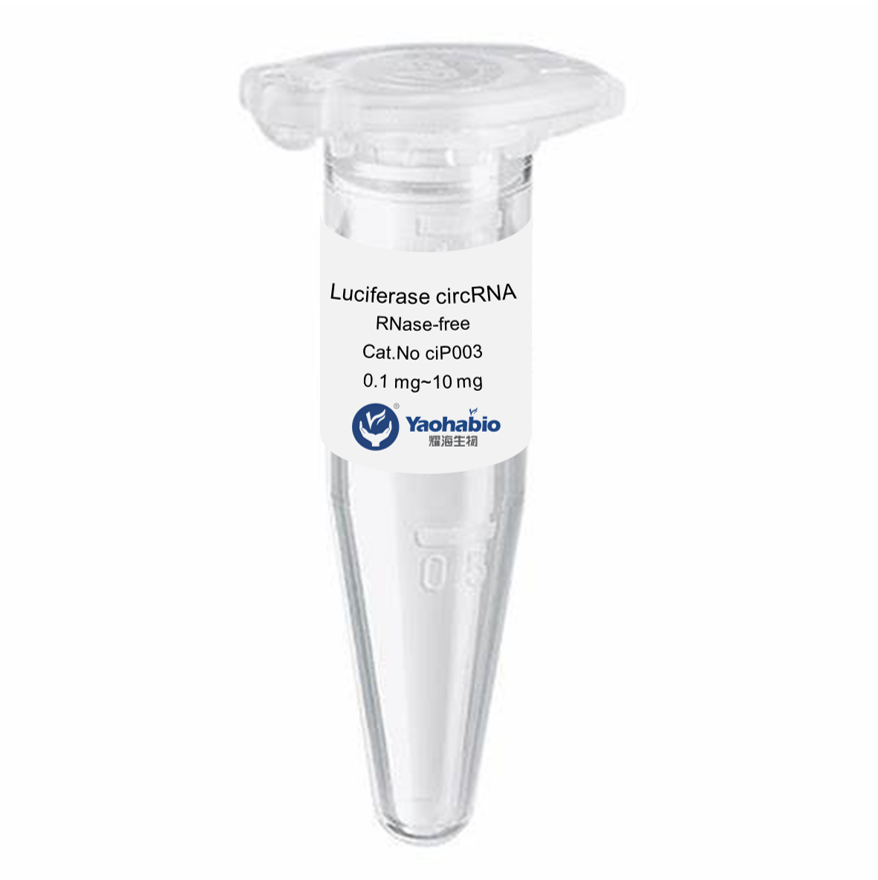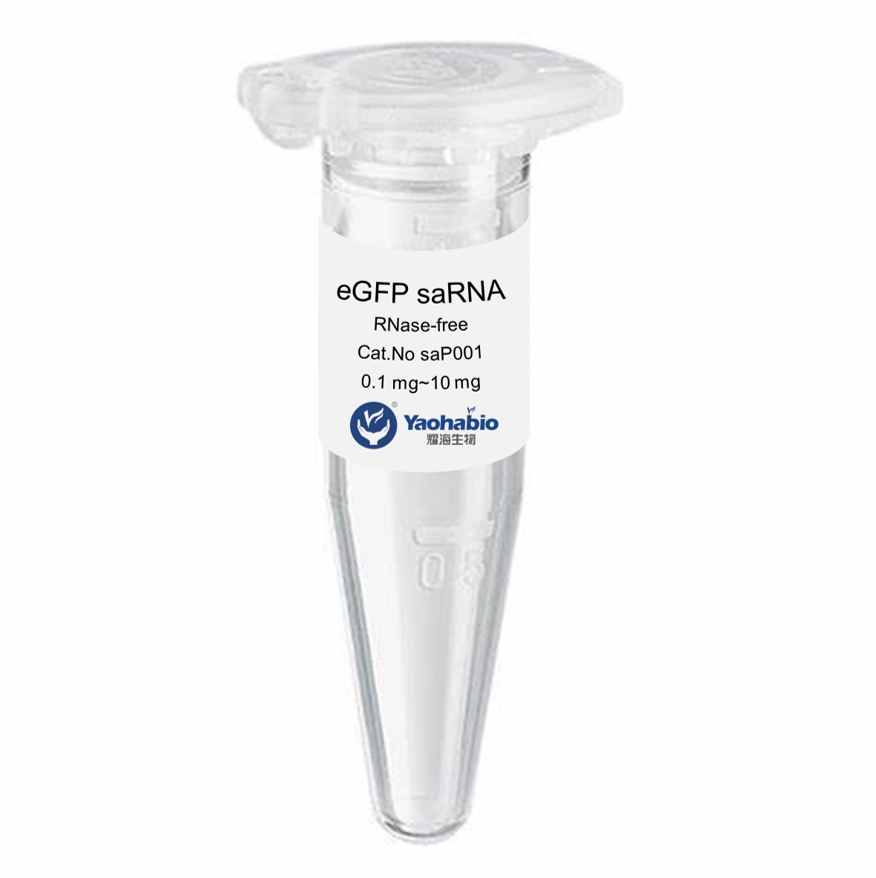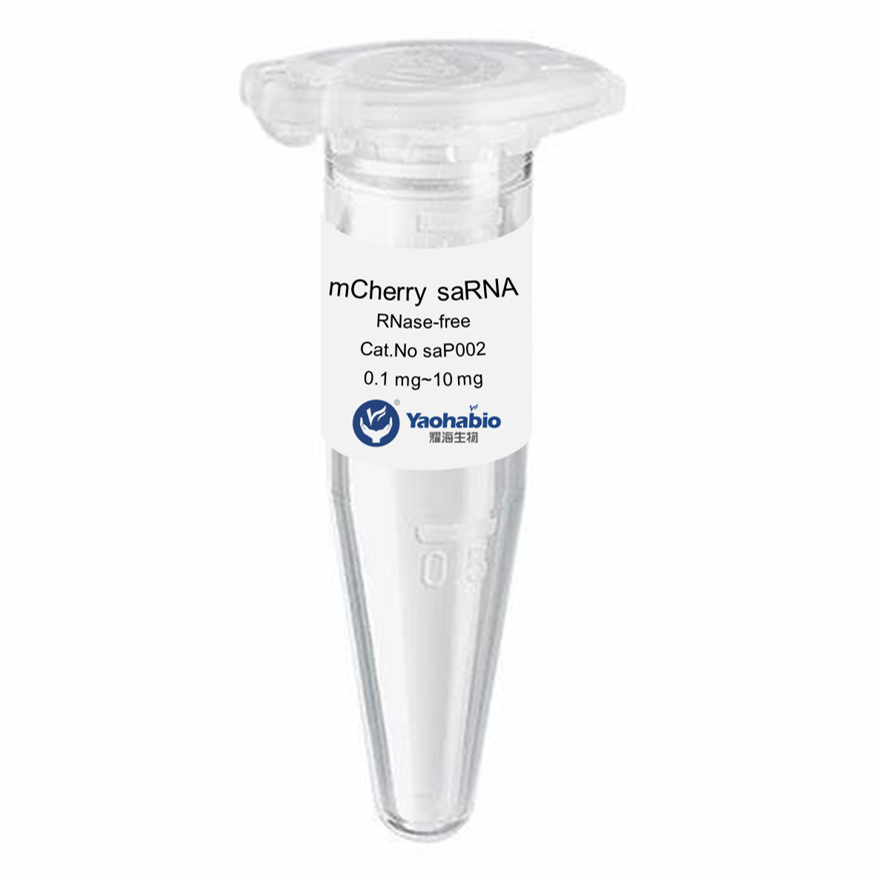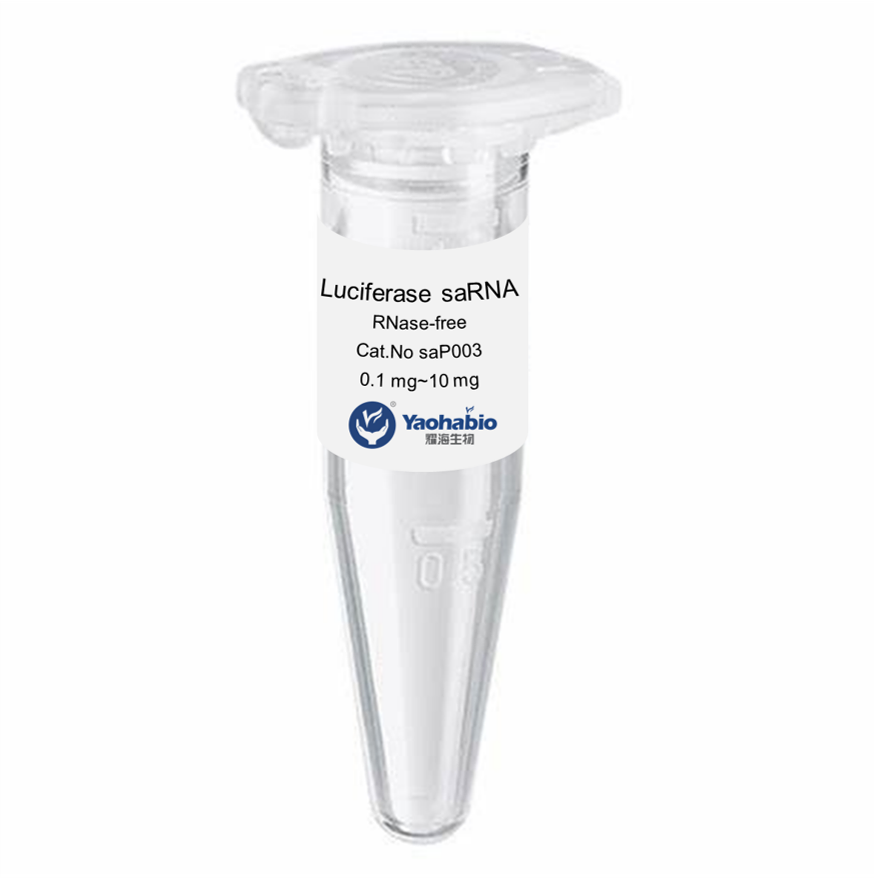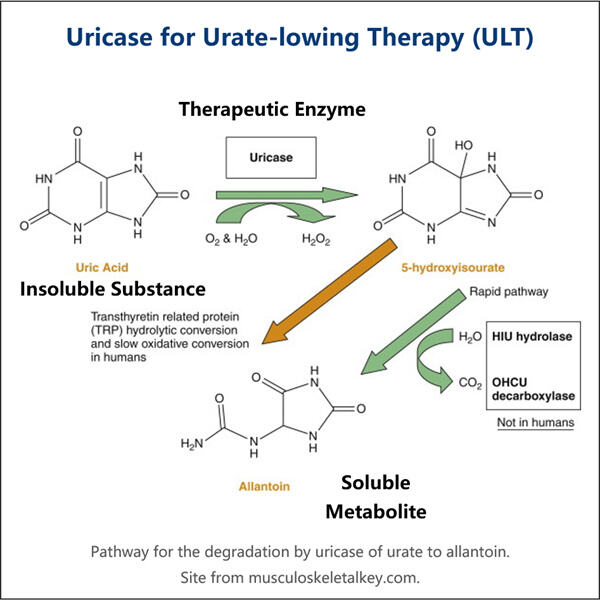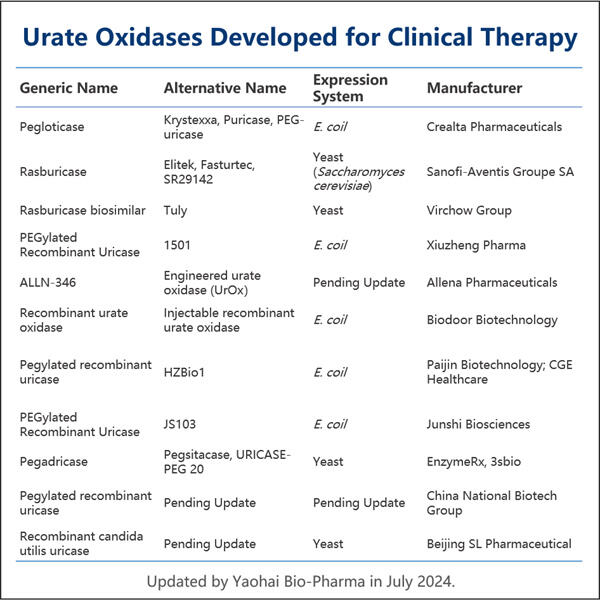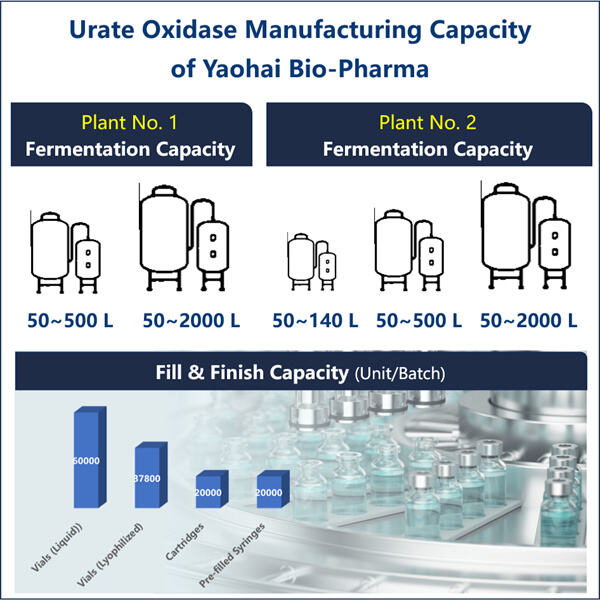In this manual, we will detail how Yaohai manufactures one such protein: recombinant urate oxidase. One of the conditions that this protein can offer relief to is gout — a painful ailment that affects joints. We will cover the various steps needed to produce this key protein, as well as the difficulty and future promise in this area.
Scientists must locate the particular region of DNA that contains the instructions to produce urate oxidase in order to get this process started. They first look for the gene that encodes this protein, and to find it they have to search among the DNA in humans or animals. After they identify this gene, they remove it and place in a circular piece of DNA called a plasmid Plasmid is a unique as it can reproduce itself. Once the plasmid has been prepped, we take that plasmid and put it into a host cell (a particular species of bacteria or yeast). The host cells then will begin to produce the urate oxidase protein.
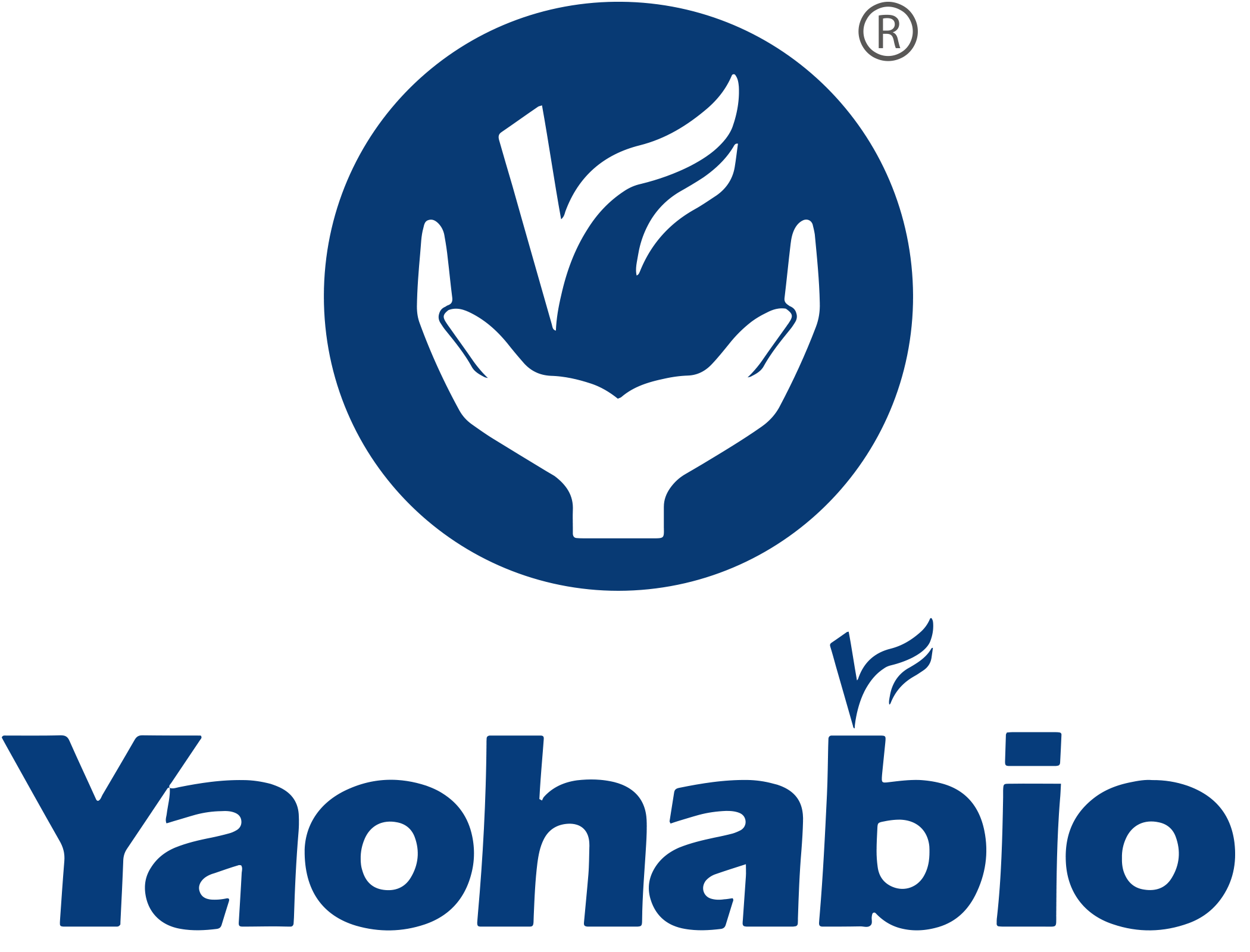
 EN
EN
 AR
AR
 HR
HR
 CS
CS
 DA
DA
 NL
NL
 FI
FI
 FR
FR
 DE
DE
 EL
EL
 IT
IT
 JA
JA
 KO
KO
 GEEN
GEEN
 PL
PL
 PT
PT
 RO
RO
 RU
RU
 ES
ES
 SV
SV
 IW
IW
 ID
ID
 LV
LV
 LT
LT
 SR
SR
 SK
SK
 SL
SL
 UK
UK
 VI
VI
 ET
ET
 HU
HU
 TH
TH
 TR
TR
 FA
FA
 AF
AF
 MS
MS
 BE
BE
 MK
MK
 UR
UR
 BN
BN
